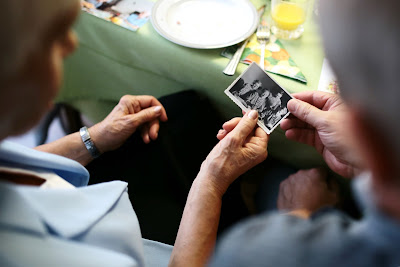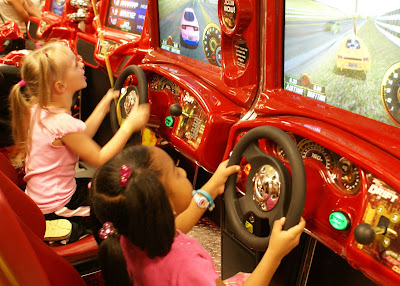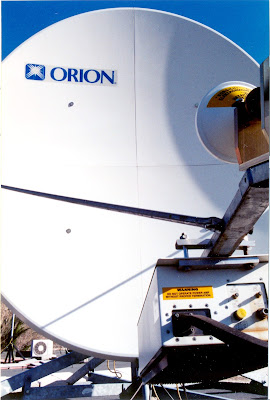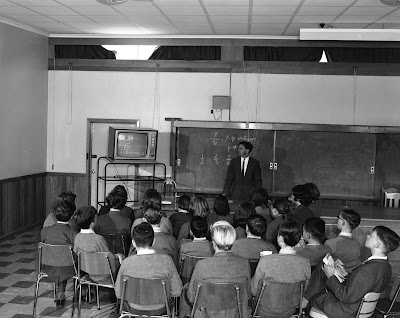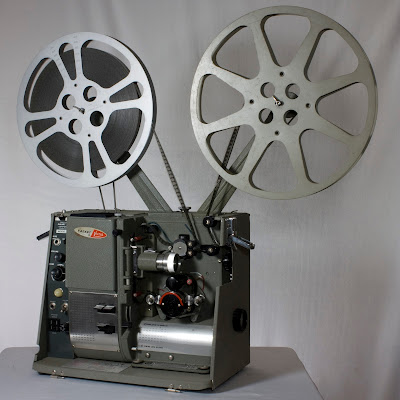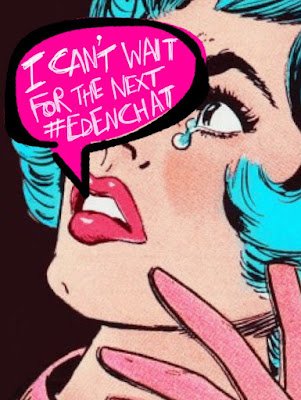We never stop learning, but all learning must be memorable. Learning involves using our senses to make meaning from our environment. Once we see, hear, or otherwise sense something we have an interest in, we will begin to pay attention. Much of this information can be lost if we don't encode it in some way, that is, make sense of it in a way that is memorable to us. This can be achieved through mnemonics, rhyme, method of loci, rehearsal, using post-its, personal technologies or any idiosyncratic method we devise to make learning more memorable. The best teachers know intuitively how to make learning memorable for their students.
Our senses are constantly being bombarded with images, sounds, sensory experiences, and we couldn't possibly remember it all. This is where the working memory (WM) comes to our help, and it has many tricks. It allows us conscious thought and deliberate actions. Everything you have ever learnt has passed through WM on its way to your long-term memory (LTM), and has been actively coded so that you can recall it later when you need it. According to constructivist psychologists, we construct schemas which are episodic memories that relate to each other, enabling us to perform specific tasks or activities. These mental representations of our world allow us to also organise and internalise new information in LTM.
We never stop doing this, although when schemas are established and very well rehearsed, it can be difficult to add new information. Ever walked into another place and then 'forgot' why you're there?You don't know what you were trying to find because the routine is old and familiar and you are therefore not particularly paying attention. Or, interference has occurred which has pushed the first thought out of WM and you're now thinking of something entirely unrelated. Because of this 'action slip', you may have to go back to where you first had the thought, so you can reactivate the schema that caused you to move in the first place!
Memory and recall thus play vital roles in how we learn, But the simple learn / code / repeat process is only the start of very complex cognitive processes. We continually build our repertoire of knowledge and skills by making connections between experiences, ideas, events and objects, and much of this is governed by pattern recognition. At the very highest levels of learning, we have the capability to think about thinking - metacognition - which enables self-awareness. Through our actions, the consequences of those actions, and our reflections on our lives, we develop our affective memories, otherwise known as attitudes and beliefs. Again, this is a lifelong process, which involves plenty of social interaction and synthesis of diverse concepts.
I could go on, talking about all of the discoveries about how memory works and how we recall or forget information, but I won't. I'll leave it for another time. That's if I don't forget...
Photo courtesy of Pexels
NB: This post touches on a selected range of cognitive theories. Other perspectives are also available.

#LearningIs memorable by Steve Wheeler was written in Plymouth, England and is licensed under a Creative Commons Attribution-NonCommercial-ShareAlike 3.0 Unported License.

